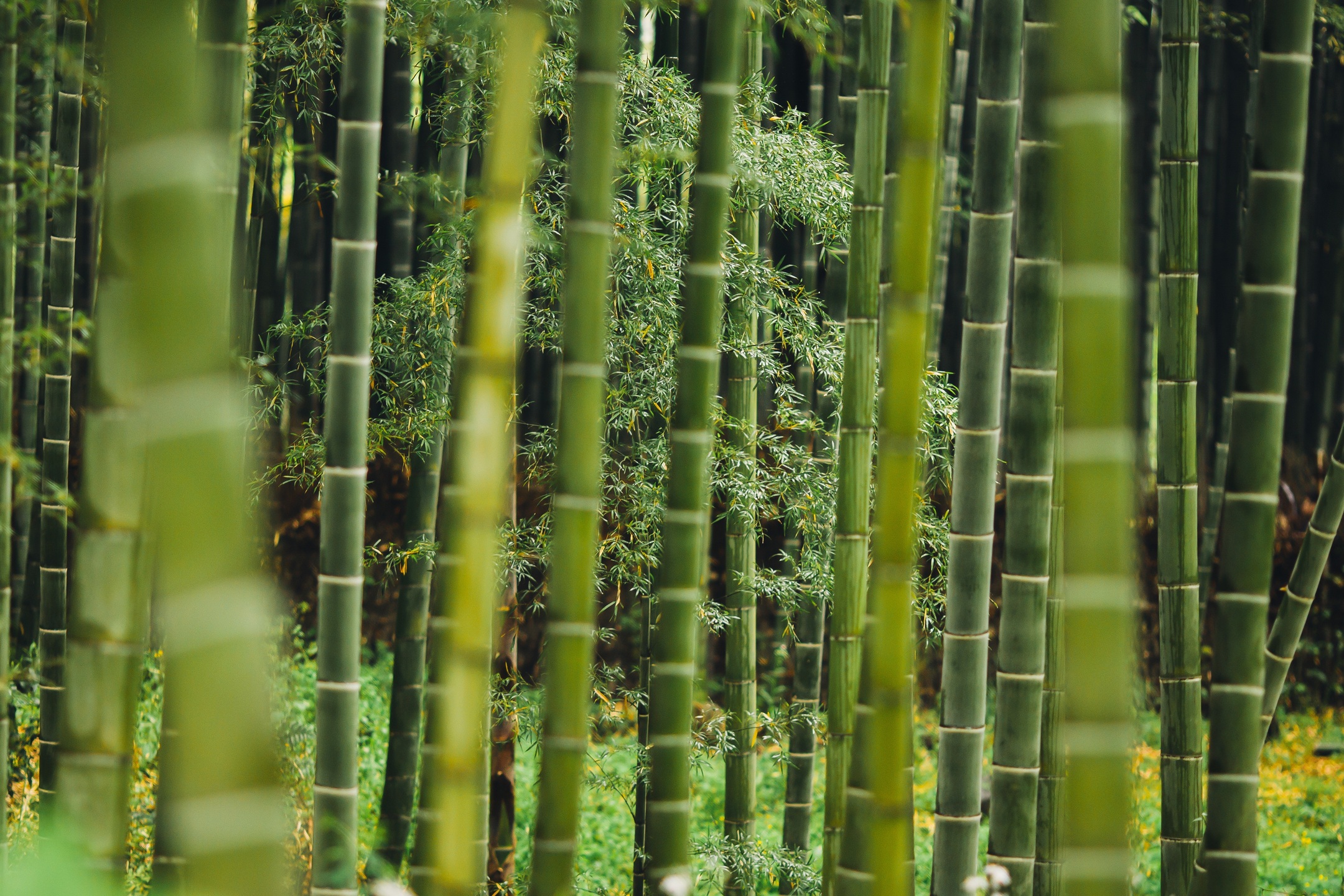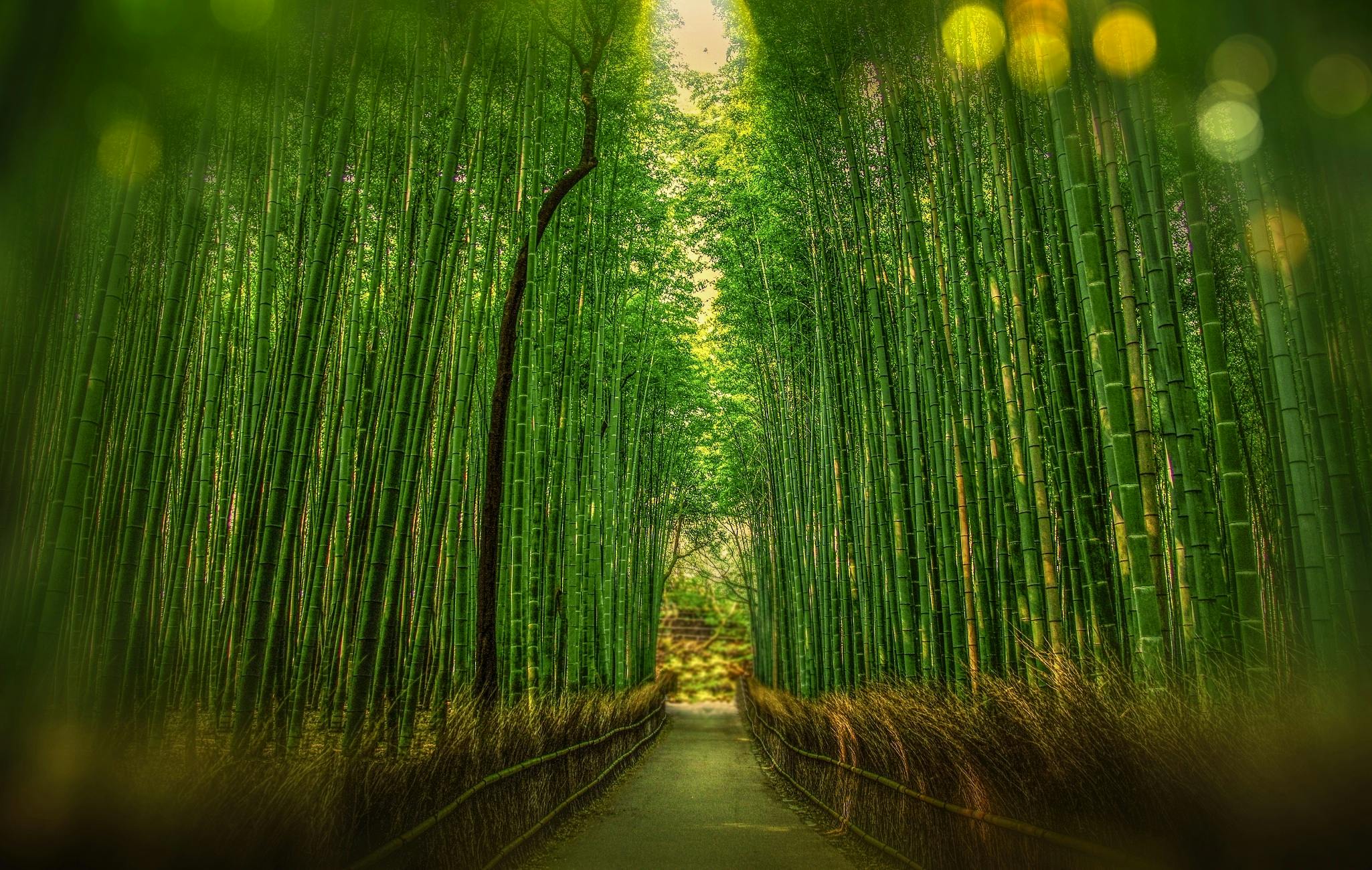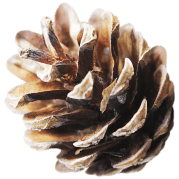Blog, Environmental care, Renewable Raw Materials
Bamboo Brilliance: Unveiling the Wonders of Nature’s Sustainable Marvel
Bamboo Brilliance: Unveiling the Wonders of Nature’s Sustainable Marvel
In the world of sustainable materials, bamboo stands as an unparalleled force of nature. This blog post will explore the traditional and innovative uses of bamboo, delve into its diverse types, uncover its historical roots, and shed light on the remarkable properties that make it a strong, durable, moldable, and renewable resource. Join us on a journey through the bamboo forest to discover the countless advantages of choosing high-quality bamboo products.
1. The Bamboo Odyssey: A Journey Through Time and Space
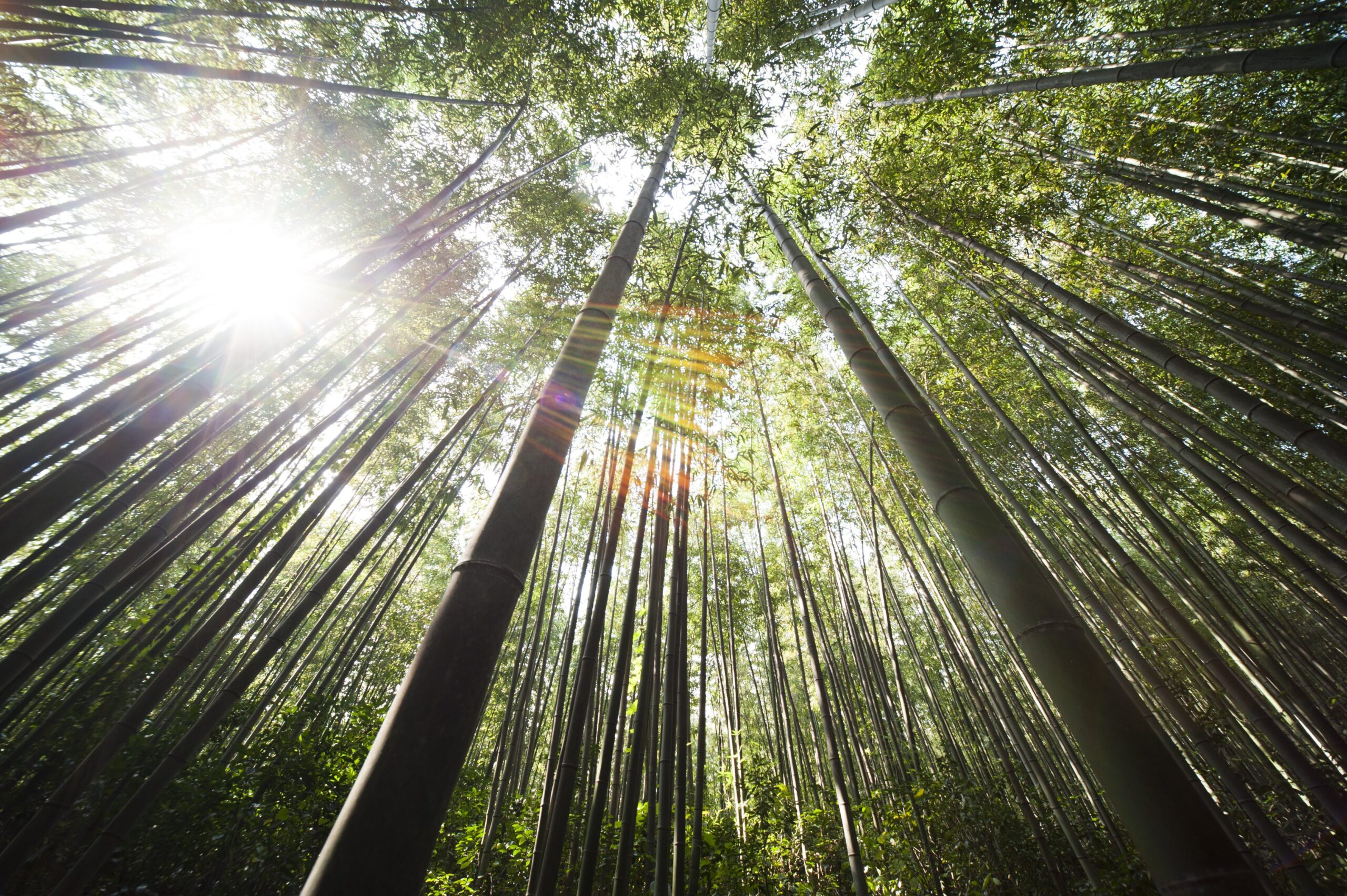
a. Ancient Roots:
Bamboo, a member of the grass family Poaceae, has a rich history dating back thousands of years. It was discovered in ancient civilizations across Asia, particularly in China and India, where it played a crucial role in daily life.
b. Global Presence:
While Asia remains the primary hub for bamboo, it is found on nearly every continent. From the bamboo forests of Southeast Asia to the Americas and Africa, this versatile plant has adapted to diverse climates.
2. Traditional and Modern Uses of Bamboo
a. Traditional Wisdom:
Historically, bamboo has been a cornerstone of various cultures. Used in construction, as a writing surface, and for crafting tools and utensils, bamboo has been an integral part of daily life in many societies.
b. Contemporary Applications:
In the modern era, bamboo has transcended traditional uses. Its strength and flexibility make it an ideal material for furniture, flooring, textiles, and even as a construction component in eco-friendly buildings.
3. The Bamboo Spectrum: Diverse Types and Varieties
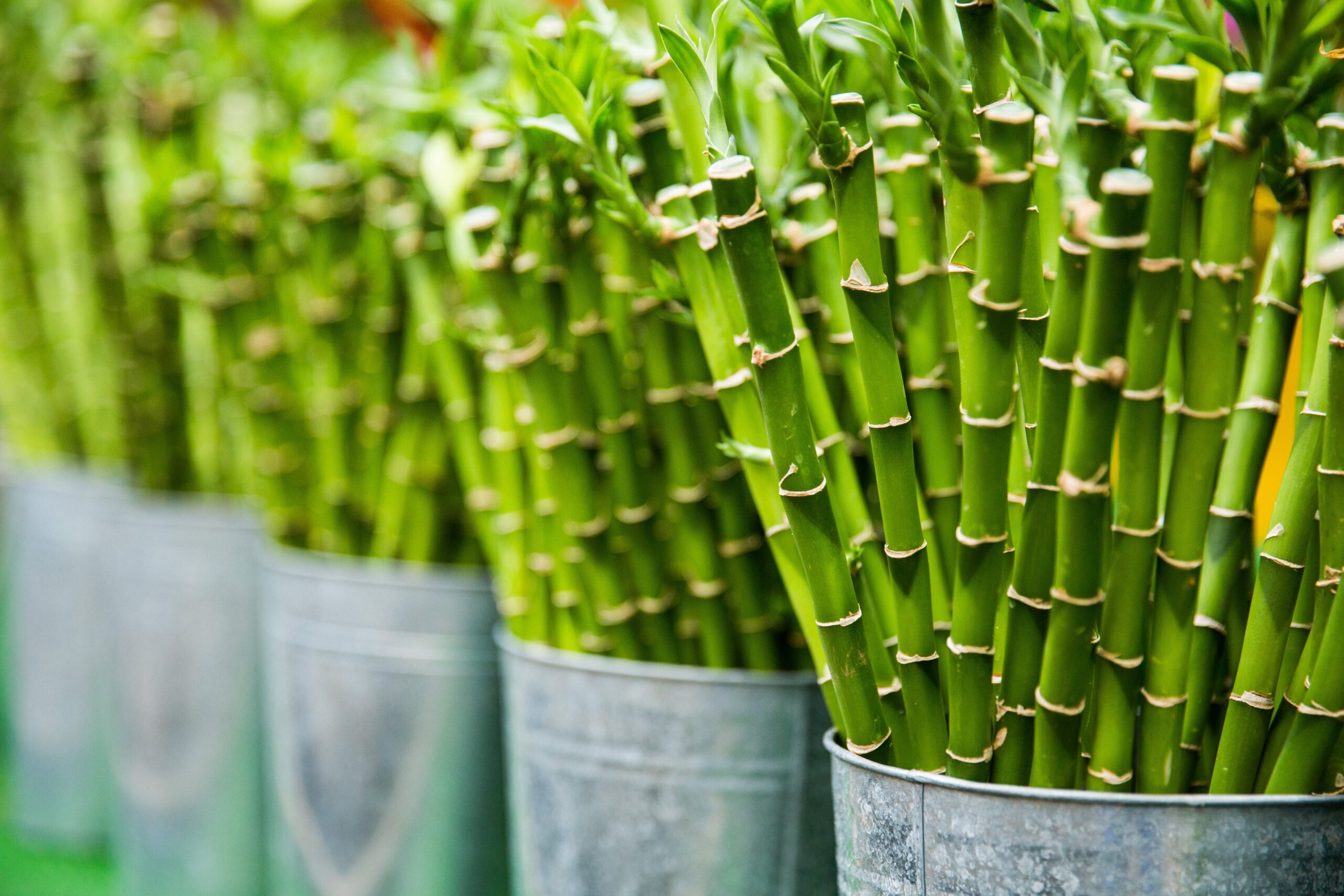
a. Clumping Bamboo:
This type of bamboo grows in tight clusters and is well-suited for landscaping and ornamental purposes.
b. Running Bamboo:
Known for its rapid growth and spreading nature, running bamboo is often utilized for privacy screens and erosion control.
c. Timber Bamboo:
Renowned for its exceptional strength, timber bamboo is a favored choice for construction and manufacturing.
4. The Marvelous Properties of Bamboo
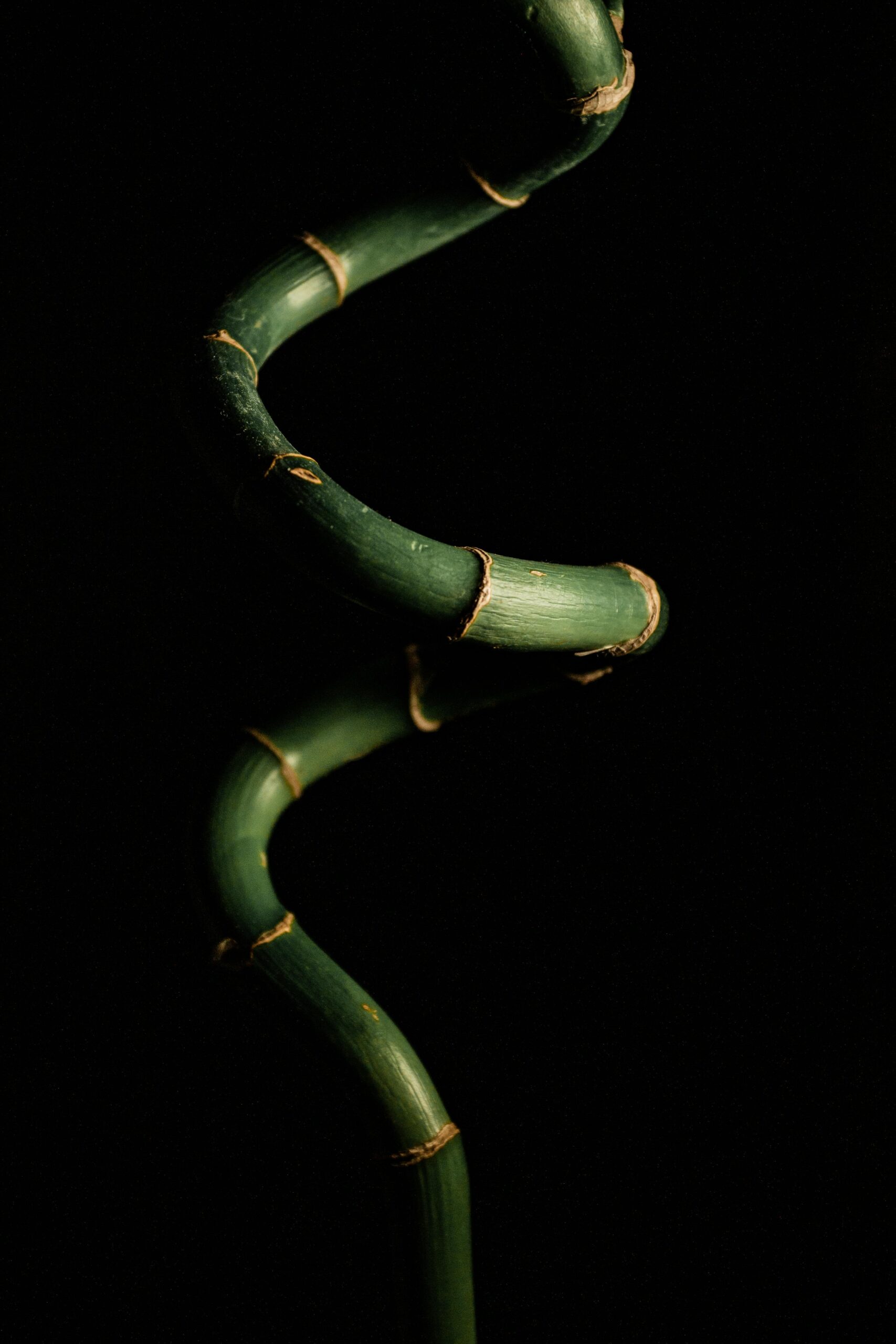
a. Strength and Durability:
Bamboo’s tensile strength rivals that of steel, making it an excellent choice for structural applications.
b. Moldability:
Bamboo’s natural flexibility allows it to be molded into various shapes, making it a versatile material for intricate designs.
c. Renewable Resource:
Bamboo is one of the fastest-growing plants globally, with some species reaching maturity in as little as three years. This rapid growth makes bamboo an infinitely renewable resource.
5. Advantages of Choosing High-Quality Bamboo Products
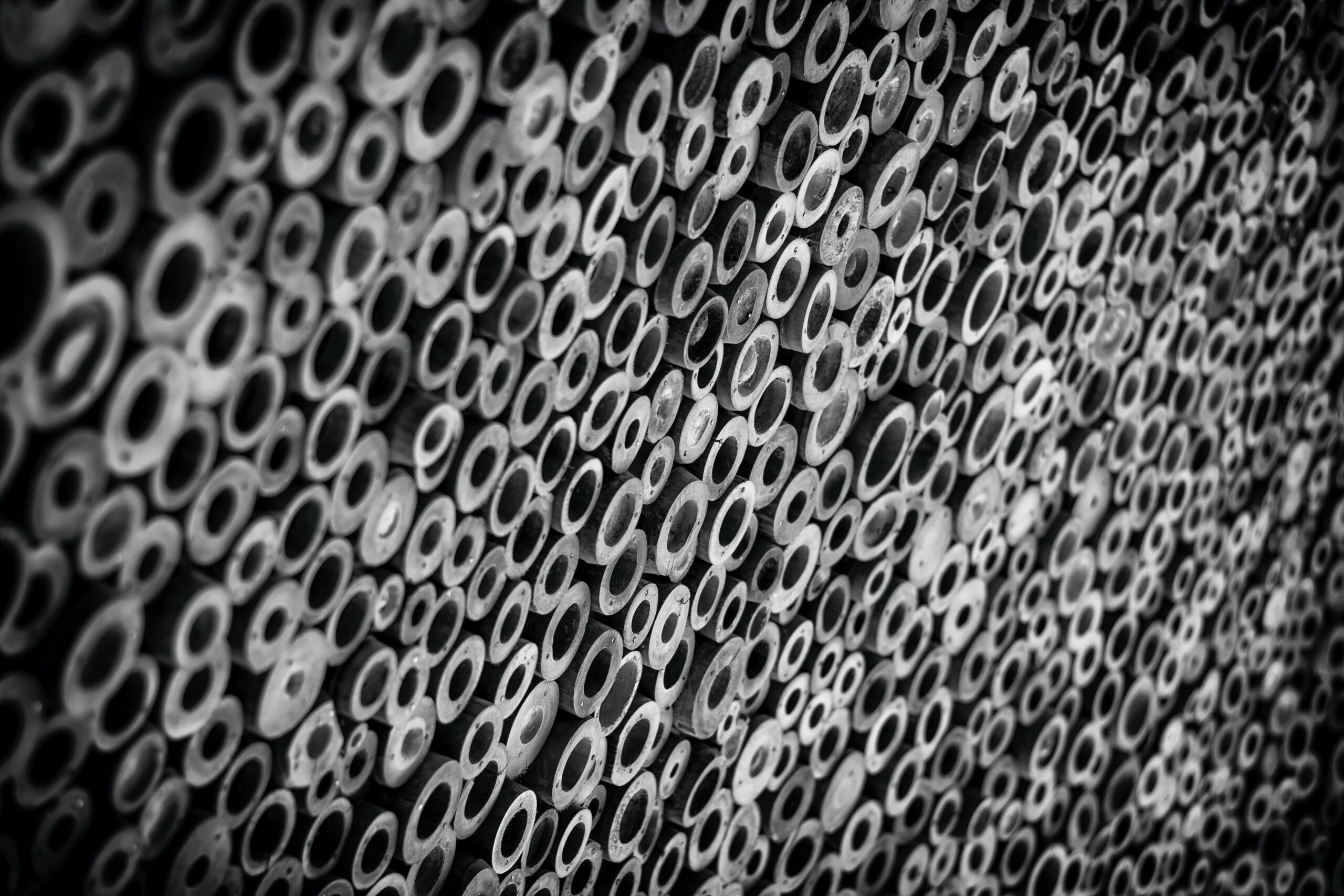
a. Eco-Friendly:
Bamboo cultivation requires minimal water and no pesticides, contributing to a more sustainable and eco-friendly option compared to traditional hardwoods.
b. Biodegradable:
Bamboo products are biodegradable, ensuring that at the end of their lifecycle, they return to the earth without leaving a lasting environmental footprint.
c. Stylish and Aesthetic:
From bamboo furniture to kitchenware, high-quality bamboo products boast a timeless and elegant aesthetic, seamlessly blending into modern and traditional spaces.
d. Hypoallergenic:
Bamboo fibers are naturally hypoallergenic, making them an excellent choice for textiles and bedding for those with allergies or sensitive skin.
Conclusion: Embracing Bamboo’s Promise for a Sustainable Future
As we traverse the bamboo groves of tradition and innovation, it becomes clear that this remarkable plant holds the key to a sustainable and eco-conscious future. By choosing high-quality bamboo products, you not only embrace a material of strength and beauty but also contribute to the preservation of our planet. The bamboo revolution is here, inviting us to build a greener world—one resilient, renewable shoot at a time. Elevate your lifestyle with bamboo, where sustainability meets style! 🎋✨
